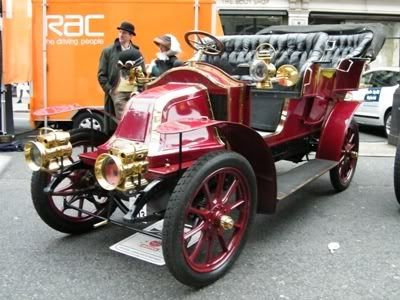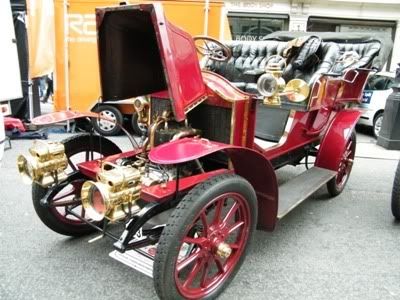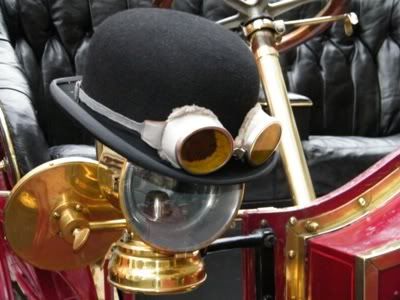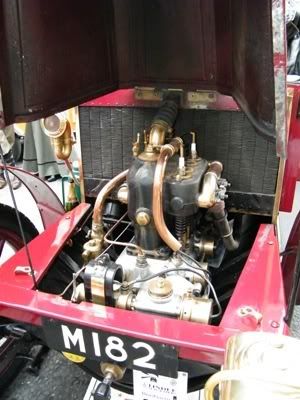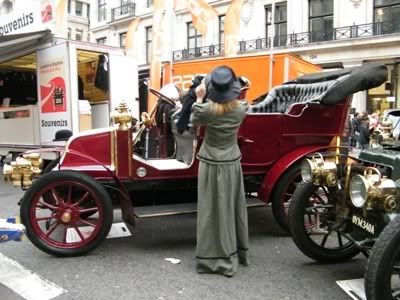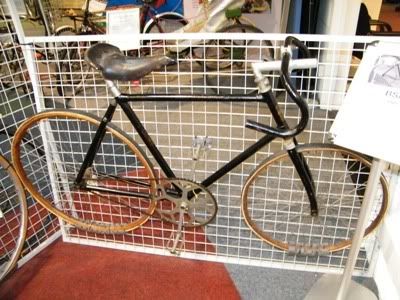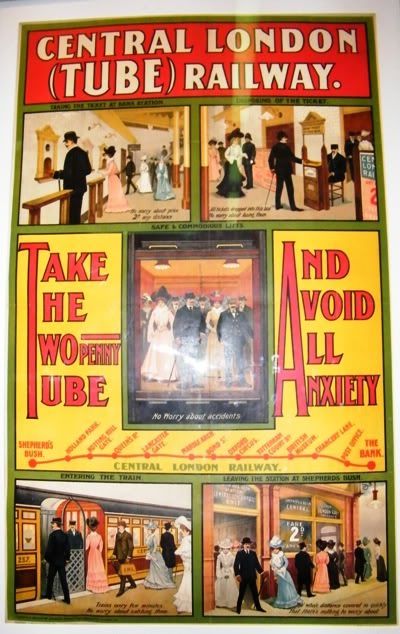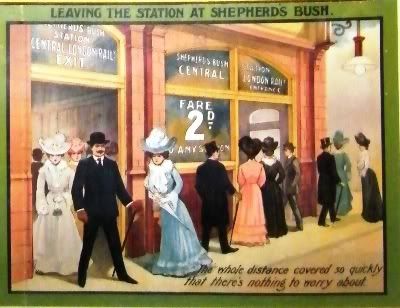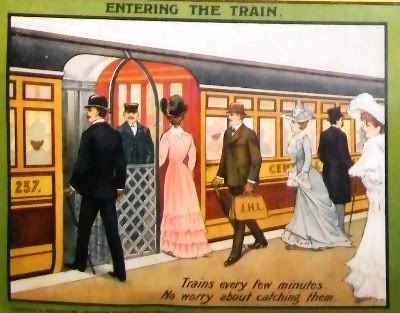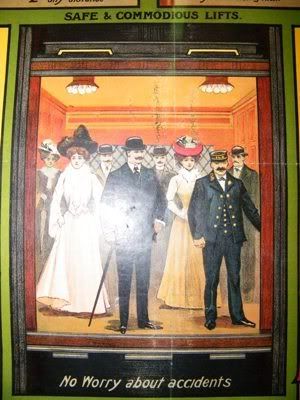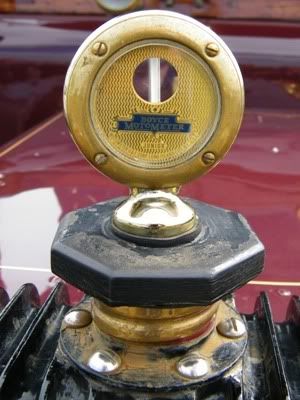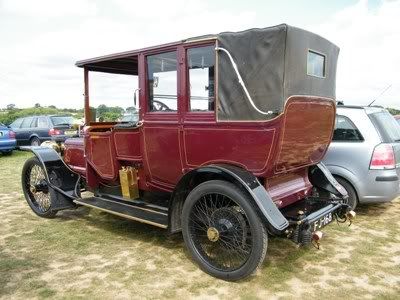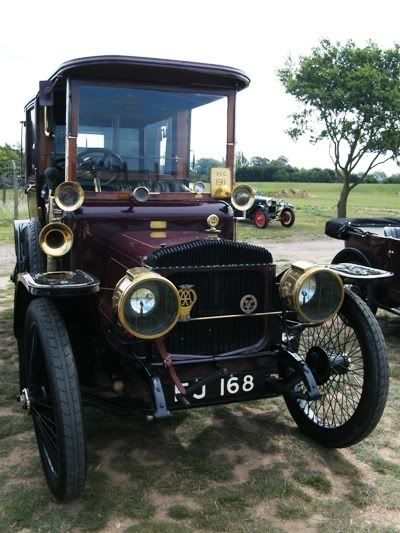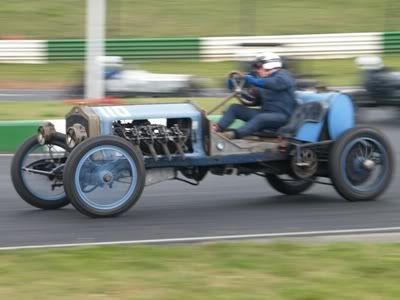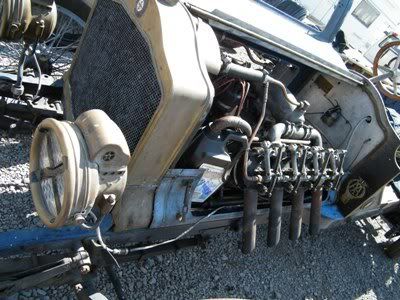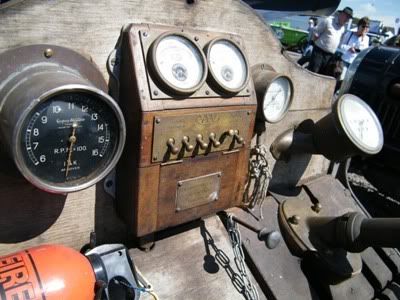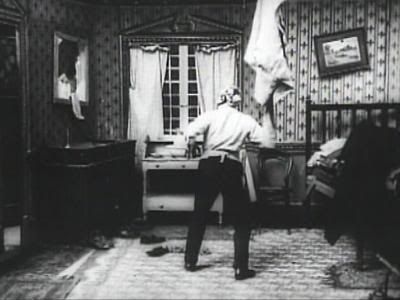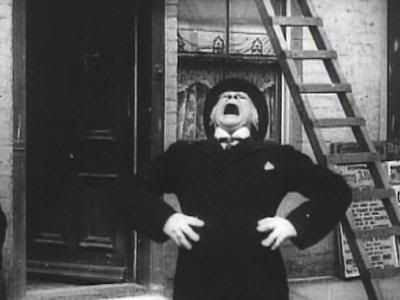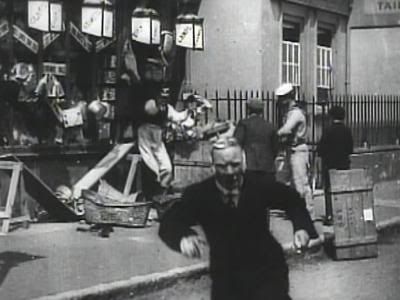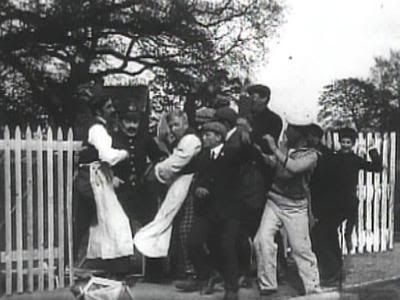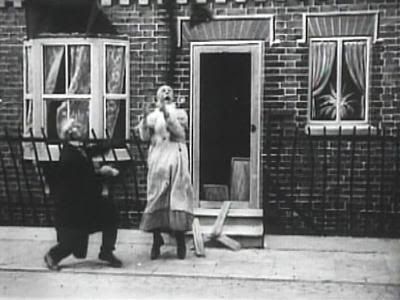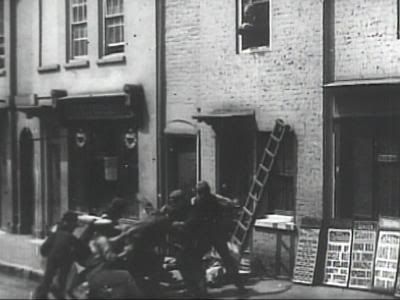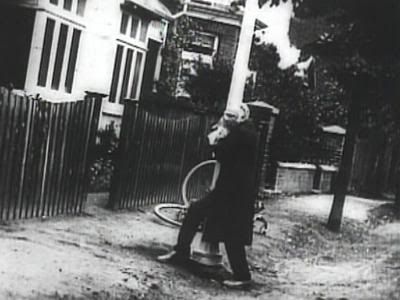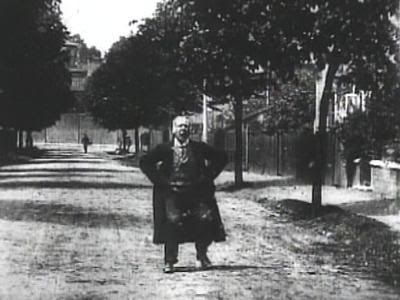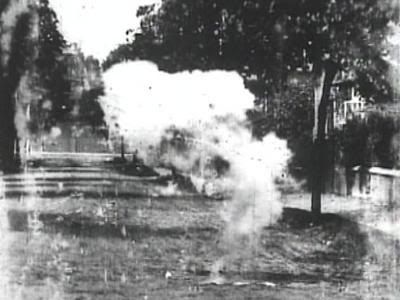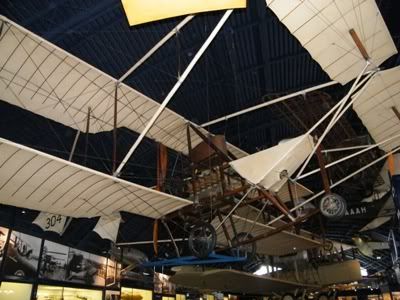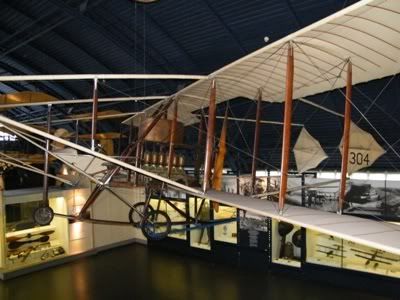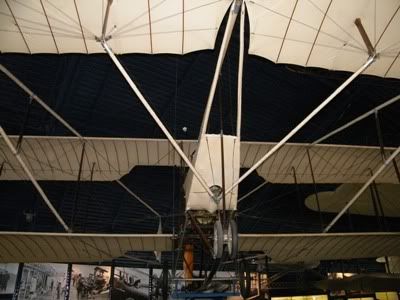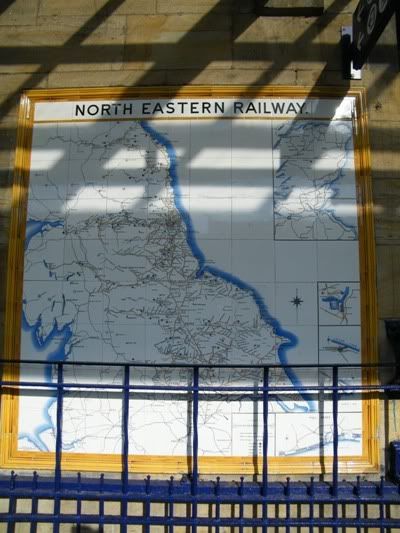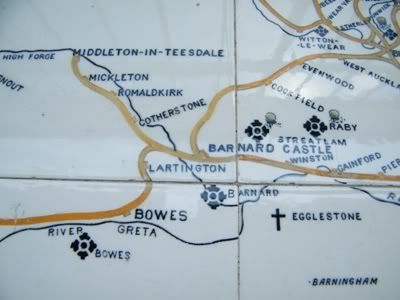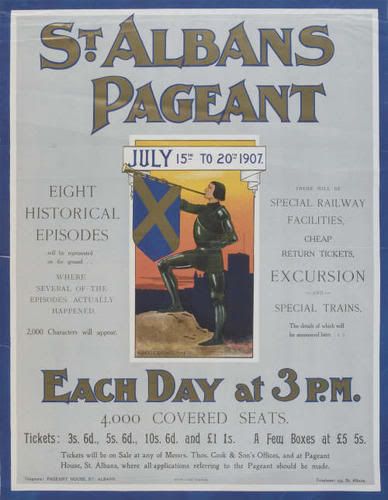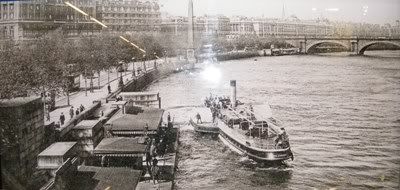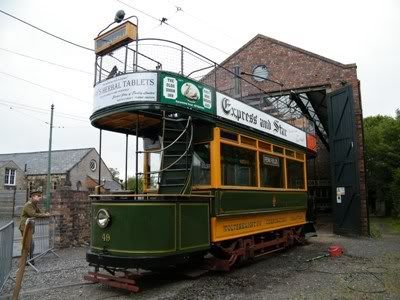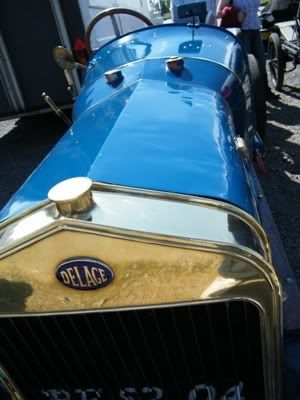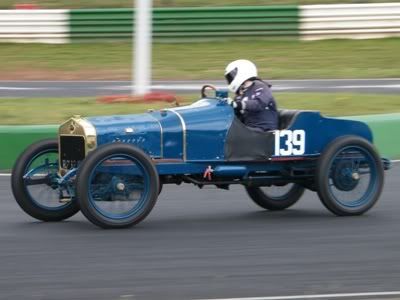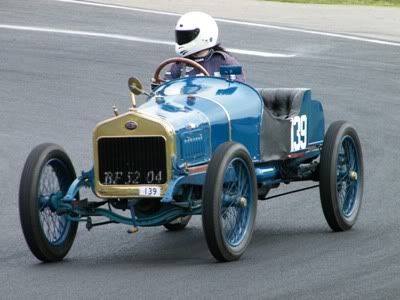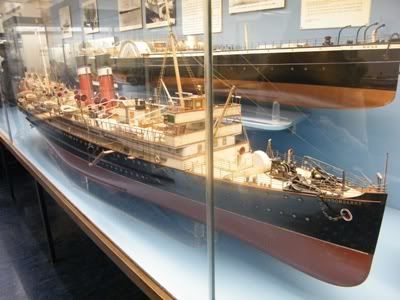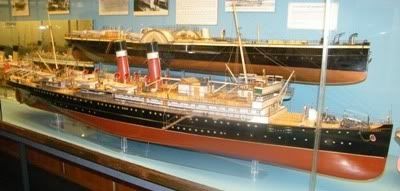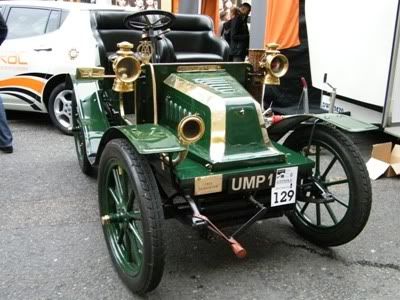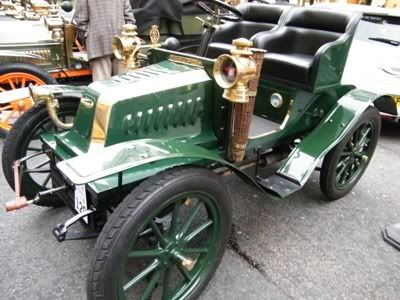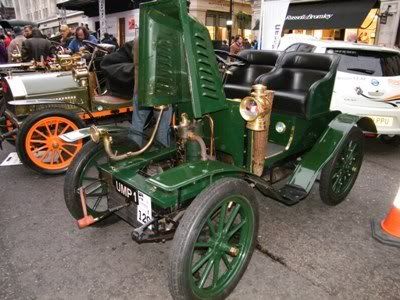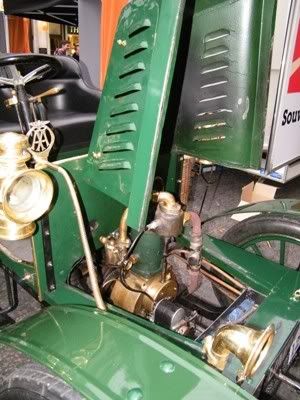A blog about the Edwardian era in the UK - objects, buildings, people, literature, film and all other aspects of the Edwardian era (covering 1901-1919)

Monday 30 January 2012
Renault 14hp, 1905
This Renault 14hp 2 cylinder Tourer dating from 1905 is one of the most modern entries in the Veteran Car Club's London to Brighton Run. Strictly it is too modern, as the cut off date for cars to enter the run is 1904, however it took part in runs previously to the discovery of it being slightly too modern, and so has 'Grandfather Rights' and can still take part
Saturday 28 January 2012
BSA Racing Bicycle, 1908
On this bicycle in 1908, AE Wills, a famous racing bicyclist, broke the world distance record for one hour (there were lots of similar speed records for bicycles, motorycles and motor cars at the time - you would be awarded a prize for breaking a record, and it was always good for a manufacturer to advertise that their product broke, or helped to break, a world record), covering 61 miles and 972 yards - very impressive even today for a bicycle, and at the time this made him the first bicyclist to ride at a speed of over one mile per minute for an hour.
As you can see, the bicycle has a very light frame, with lightweight wooden wheels with a thin rubber covering, and a large gear chain wheel. This meant it was hard to pedal at lower speeds, but once AE Wills got enough momentum going, it was easy to pedal continuously at high speeds
Thursday 26 January 2012
Central London 'Tube' Railway Poster, 1905
This poster, produced by the Central London Railway (now the Central Line) was designed to inform passengers on how to use the deep level Underground system, to allay any fears they may have about using the service, emphasising the 'no worry' aspect
Tuesday 24 January 2012
Submarine Tram, circa 1914
A Hartlepool Tram mocked up to look like a submarine (it works very well actually) - certainly dating from the First World War, but I don't know what year. Photograph source unknown, possibly Beamish Collections
Sunday 22 January 2012
Daimler Limousine, 1911
This beautiful 1911 Daimler was seen in the car park at the Vintage Sports Car Club's Mallory Park race meeting in August 2011. Unfortunately I don't know anything apart from the fact it's a 1911 Daimler, but it is one of the most fantastic, evocative late-Edwardian cars I have ever seen, and is a great example of a typical upper-class motor car, and would most likely be seen being driven by a chauffeur in the open front whilst the owner sat in the rear.
Friday 20 January 2012
de Dion Bouton Racer, 1912
Fitted with a Curtiss OX engine from a Curtiss JN 'Jenny' training aircraft, this de Dion Bouton competed in the 2011 Edwardian Race at the VSCC's Mallory Park Race Meeting last August
Wednesday 18 January 2012
'That Fatal Sneeze', 1907
Produced by the Hepworth Manufacturing Company, a large early film producer making around 100 films a year, this comedy chase film directed by Lewin Fitzhamon, who directed most of the Hepworth Manufacturing Company's films from 1904 onwards is one of my favourites of early cinema.
The film starts with an old man, possibly an uncle or grandad, playing a trick with a boy at the dinner table involving sneezing powder. The boy obviously wants to get his own back, shaking his fist in anger at the old man while the protagonist laughs.
The scene cuts to the boy entering the old man's room while he sleeps, and sprinkles sneezing powder over many of his items - including his handkerchief. The next day, the old man wakes up and starts to dress - the sneezing powder takes effect quickly, with clothes flying in the air and paintings on the wall breaking, as well as the chest of drawers and bed. Still sneezing, the old man leaves the house with the boy following.
For a while the old man seems fine, until he stops outside a shop with items displayed outside, where the old man sneezes so hard that items fall onto the floor, and the chase starts, with the old man running away from the shopkeeper and passers-by, including a sailor. The chase continues with another shop display being destroyed (a shop called 'Hepwix', a sign of watermark that it's a Hepworth film) and then a Policeman being blown over, knocking down a fence on the way.
Stopping outside a house and trying to take refuse, he sneezes again, and after damaging the front of the house, when a woman comes out to argue with the old man, he sneezes so hard her hair (or a wig, i'm not sure what is being implied) blows off and the woman starts sobbing.
The growing mob of passers-by and those affected by the sneezing old man's rampage continues to grow, and is joined by the now bald woman. The old man runs up a ladder to hide in an upper floor room of his house. The bald woman and the Policeman climb up the ladder with the mob at the bottom of the ladder, wanting to take their anger out on him. He pleads with them, and then sneezes again, blowing the ladder onto the ground with the bald woman and Policeman on it.
The angry mob run away, apparently in fear, and the old man follows them but then escapes them, sneezing harder and harder as he does. When he escapes the mob, he stops for breath and sneezes so hard the whole world tilts, and he has to hold onto a lamp post and a fence for safety.
The old man walks down a road, and then in a dramatic climax, the old man prepares to sneeze, evidently for what will be a very large sneeze - then he sneezes so hard that he dissapears!
The film starts with an old man, possibly an uncle or grandad, playing a trick with a boy at the dinner table involving sneezing powder. The boy obviously wants to get his own back, shaking his fist in anger at the old man while the protagonist laughs.
The scene cuts to the boy entering the old man's room while he sleeps, and sprinkles sneezing powder over many of his items - including his handkerchief. The next day, the old man wakes up and starts to dress - the sneezing powder takes effect quickly, with clothes flying in the air and paintings on the wall breaking, as well as the chest of drawers and bed. Still sneezing, the old man leaves the house with the boy following.
For a while the old man seems fine, until he stops outside a shop with items displayed outside, where the old man sneezes so hard that items fall onto the floor, and the chase starts, with the old man running away from the shopkeeper and passers-by, including a sailor. The chase continues with another shop display being destroyed (a shop called 'Hepwix', a sign of watermark that it's a Hepworth film) and then a Policeman being blown over, knocking down a fence on the way.
Stopping outside a house and trying to take refuse, he sneezes again, and after damaging the front of the house, when a woman comes out to argue with the old man, he sneezes so hard her hair (or a wig, i'm not sure what is being implied) blows off and the woman starts sobbing.
The growing mob of passers-by and those affected by the sneezing old man's rampage continues to grow, and is joined by the now bald woman. The old man runs up a ladder to hide in an upper floor room of his house. The bald woman and the Policeman climb up the ladder with the mob at the bottom of the ladder, wanting to take their anger out on him. He pleads with them, and then sneezes again, blowing the ladder onto the ground with the bald woman and Policeman on it.
The angry mob run away, apparently in fear, and the old man follows them but then escapes them, sneezing harder and harder as he does. When he escapes the mob, he stops for breath and sneezes so hard the whole world tilts, and he has to hold onto a lamp post and a fence for safety.
The old man walks down a road, and then in a dramatic climax, the old man prepares to sneeze, evidently for what will be a very large sneeze - then he sneezes so hard that he dissapears!
Tuesday 17 January 2012
Cody Biplane, 1912
This aircraft was built by SF Cody after he was dismissed in 1909 by the War Office. He was allowed to set up a shed near the Balloon Factory at Farnborough and continued his work there.
In 1912 the Military Aeroplane Competition was held on Salisbury Plain. Thirty one entrants spent a month performing tests for speed, endurance, rate of climb, landing on ploughed fields and for other qualities that the Army thought useful.
The result caused some surprise, for by then Cody's design looked out of date, although he achieved high scores on the tests and 'Flight' magazine noted 'almost any part of the machine could be replaced by a blacksmith, which might be... most useful in war'. But few begrudged Cody his success; he was much liked and, since his dismissal from Farnborough, had 'exhibited the perserverance of a hero'.
The aircraft here was built under the terms of the competition prize for sale to the Royal Flying Corps. After about three months service it was declared obsolete and offered to the Science Museum, where it has been displayed since 1913. So not only is this an Edwardian aircraft, it is also an Edwardian museum exhibit!
Monday 16 January 2012
North Eastern Railway Tiled Map
The Directors of the North Eastern Railway, meeting in 1900, authorised their General Manager, Goerge Stegmann Gibb, to erect large maps of the company's passenger network at several of their stations. They were to be constructed of sixty-four 8 inch by 8 inch glazed tiles, with a further eight inch by four inch tiles spelling out the company name at the top. Lines over which they had running rights were included, as were large scale map tiles showing the docks owned by the NER.
The tiles were to be made by Craven Dunnill & Co Ltd. of Jackfield in Shropshire.
The result was a very beautiful tile map, which showed the entire NER system, as well as a few lines belonging to other companies. Most of their own passenger lines were shown, as well as some nearby features such as lakes, lochs, country houses and their parkland, battlefields, castles, abbeys, monasteries and cathedrals. Very attractive, but simple, colouring was used. What is immediately apparent when first looking at an NER tiled map is the sheer size of the Company's network. Stretching from Berwick to almost Rotherham, and Carlisle to Withernsea, it is easy to see why this was once the world's largest railway company.
The first map to be erected is thought to have been that at Kings Cross, not, of course, one of the Companies' own stations, and 160 miles south of the start of the NER territory! - information from http://www.northeasterntilecompany.co.uk/
Around 25 tile maps are thought to have been produced, and 12 survive to this day at their original stations - Beverley, Hartlepool, Middlesbrough, Morpeth, Saltburn, Scarborough, Tynemouth, York and Whitby. Replicas are also available - the North Eastern Tile Company makes beautiful reproductions, and one such reproduction is on view at Pickering station on the North York Moors Railway, a preserved line in North Yorkshire which frequently stars in ITV series 'Heartbeat', as does the surrounding area. These images show the original example at Whitby Railway Station
Saturday 14 January 2012
Thursday 12 January 2012
'King Alfred' Paddle Steamer, 1905
Charing Cross Pier, circa 1907
Probably the most underused part of London's Transport system are the river services, and always have been. In the 1900's, the London County Council tried to reverse this, wanting a strong river service to complement the new extensive electric tramway system. In June 1905, the LCC started daily services, ordering ten boats from Napier & Milner of Glasgow. This is a model of King Alfred, delivered in 1905 for the new daily services, costing £6000 and being able to carry 500 passengers. Unfortunately, the brave venture was a failure, losing £30,000 in the first year, and the services were shut down in 1908 and the boats sold
Tuesday 10 January 2012
Wolverhampton Tram 49, 1909
Surviving into preservation after being used as a timber store by a coffin maker in Shropshire, Wolverhampton Tram Number 49 was built in 1909 for use on Wolverhampton Corporation Tramways. Like most Edwardian trams, it was built with an open top deck, but within a few years was modified with a top cover for all-weather protection for the passengers.
Sunday 8 January 2012
Friday 6 January 2012
Delage R Type, 1910
With just a 1498cc engine, this Delage R type dating from 1910 was one of the smallest competitors in the 2011 Edwardian Race at the Vintage Sports Car Club's Mallory Park race meeting last August
Thursday 5 January 2012
AV Roe Waterbird to fly again
This very interesting article appeared in the Manchester Evening News on November 25 2011 - a flying replica of the AV Roe Waterbird, Britain's first Seaplane, is to be built;
http://menmedia.co.uk/manchestereveningnews/news/s/1466133_britains-first-seaplane-to-fly-again-as-enthusiasts-make-replica-of-manchester-built-waterbird#comments
http://menmedia.co.uk/manchestereveningnews/news/s/1466133_britains-first-seaplane-to-fly-again-as-enthusiasts-make-replica-of-manchester-built-waterbird#comments
Wednesday 4 January 2012
TS 'Londonderry', 1904
Built in 1904, this is a 1/48 scale model of the Turbine Screw Steamer 'Londonderry', built for cross-channel services between Heysham in England and Belfast in Ireland (now Northern Ireland). The ship was built for the Midland Railway
Tuesday 3 January 2012
Gladiator 6.5hp Car, 1901
Gladiator was a French manufacturer of Motor Cars, originally founded to make low cost bicycles. The company was bought in the late 1890's, and light cars began to be made as well as bicycles. By 1903, they were making 1000 cars a year - and 80% of these were sold in England, owing to the much smaller car industry in Britain at the time. This one cylinder example took part in the 2011 London to Brighton Veteran Car Run
Subscribe to:
Posts (Atom)

